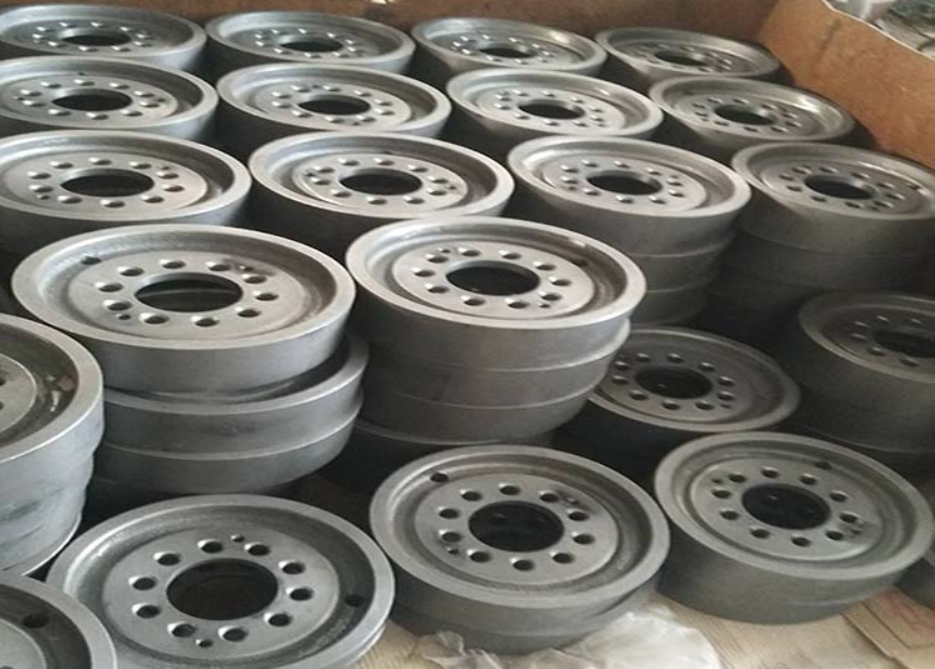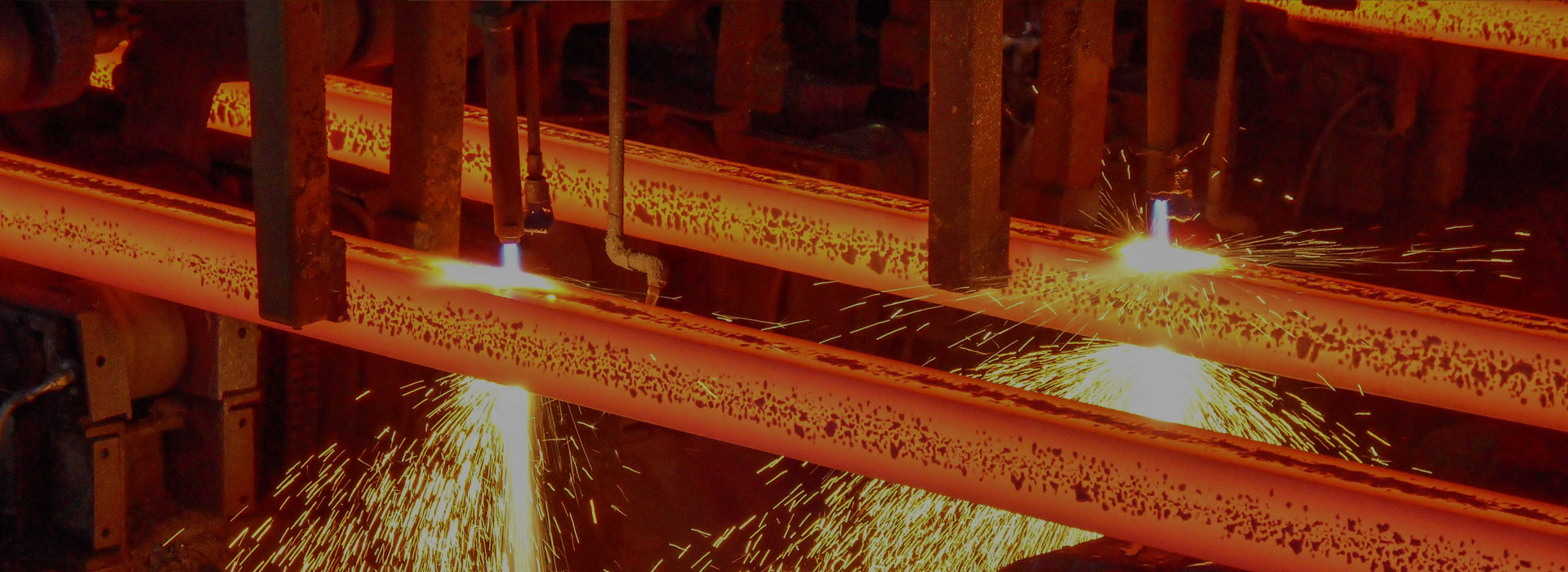What are the ways to reduce porosity and permeability in ductile iron castings
2025-05-30
1. Because the ductile iron contains magnesium, the eutectic point on the state diagram shifts to the right. When the magnesium content is 0.035-0.045%, the actual eutectic point is about 4.4-4.5%.
2. The composition of ductile iron is selected near the eutectic point, and the fluidity of the molten iron is the best, so the molten iron is easy to shrink during the solidification process.
3. The sulfur content before and after spheroidization should not change too much. That is, the sulfur content of the raw molten iron should not be too high. Due to its high sulfur content, graphite is prone to premature precipitation. Prone to shrinkage.
4. Generally speaking, the larger the supereutectic, the more primary graphite is generated in the liquid state, which is not conducive to reducing the shrinkage porosity.
5. In the solidification process of ductile iron, control the time of graphite expansion to delay graphitization expansion. Carbon equivalent selection conditions, high carbon and low silicon. The right amount of residual magnesium, correct inoculation and attention to the final flow of inoculation.
6. Pay attention to the rapid melting of molten iron, avoid too long storage time in the furnace at tapping temperature, avoid too high melting temperature of more than 1550, and lose a lot of carbon and crystal core. Generally, it will be reprocessed in more than 10-20 minutes. Even after various inoculation treatments, this molten iron will produce carbides and craters, which are difficult to eliminate.
7. After the molten iron is spheroidized, it should be poured immediately. It is strictly forbidden to wait too long so that spheroidization breeds decline.
8. The larger the carbon equivalent of ductile iron, the wider the crystallization and solidification range, and the larger the solid-liquid coexistence interval. During the solidification process, the flow of liquid molten iron is affected by the primary dendrites, which hinders the flow replenishment and shrinkage, and it is easy to form shrinkage porosity. At the same time, the high silicon content of molten iron is easy to promote the premature nucleation and growth of graphite. At this time, graphitization expansion is in the solid-liquid coexistence period, which is not conducive to the reduction of porosity. Therefore, it is of great guiding significance to delay the graphitization expansion to solve the shrinkage porosity problem of ductile iron castings by delaying the graphitization expansion through the above-mentioned technological measures.




